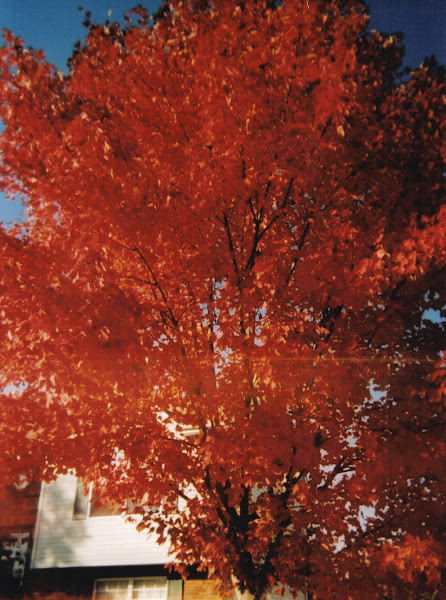Welcome to Block 1.
The photo above is from the
center of a circa 1860
quilt in my collection.
The quilting is a cross hatch done
in 1/4" grid which gives it a
fabulous look and feel!
My Well-Loved Ladies lecture was
where I wanted to showcase the
variations of designs because
I am fascinated by how designs
have evolved over time.
Most of the time this block
is seen with berries added but
I do like the simplicity of this layout.
This plant was being grown here in
the US during the mid 19th century time
allowing quilters to be inspired
and it easily lends itself to
quilt design.
"...introduced by English settlers at the Massachusetts Bay Colony in
1629 and was cultivated on some scale, particularly in New York.
The plant acts as a host for the white pine blister rust that
threatened the timber industry. In 1911, the Federal government banned
the cultivation, sale and transport of blackcurrants to protect the white pine."
Since then the Federal ban was lifted but
some states still have the ban in place.
NY just lifted theirs in 2003.
Look at the leaf shape of a currant
plant and you can definitely see that in
the applique' and why berry clusters
would be added to the layout.
Below we have the poke weed
which is poisonous and used
as a fast dye.
It came to the quilting world through
the widespread study of botany,
obvious beauty, and was
also used by some women of the day
as a political statement.
Easy to see how these two could
have been used interchangeably
depending on where you lived.
Come quilt along with us
as we learn about the quilts
that inspired my
WELL-LOVED LADIES
SAMPLER PATTERN
FULL PATTERN
First block: Currants
(Includes quilt instruction)
Currants TEMPLATES ONLY
ADDITIONAL READING:
The links below go into more depth about
either the history of the plants if you are a
gardener OR the history of the quilt block.
Barbara Brackman will blow you away
with all the variations she has accumulated!!
ENJOY~







No comments:
Post a Comment